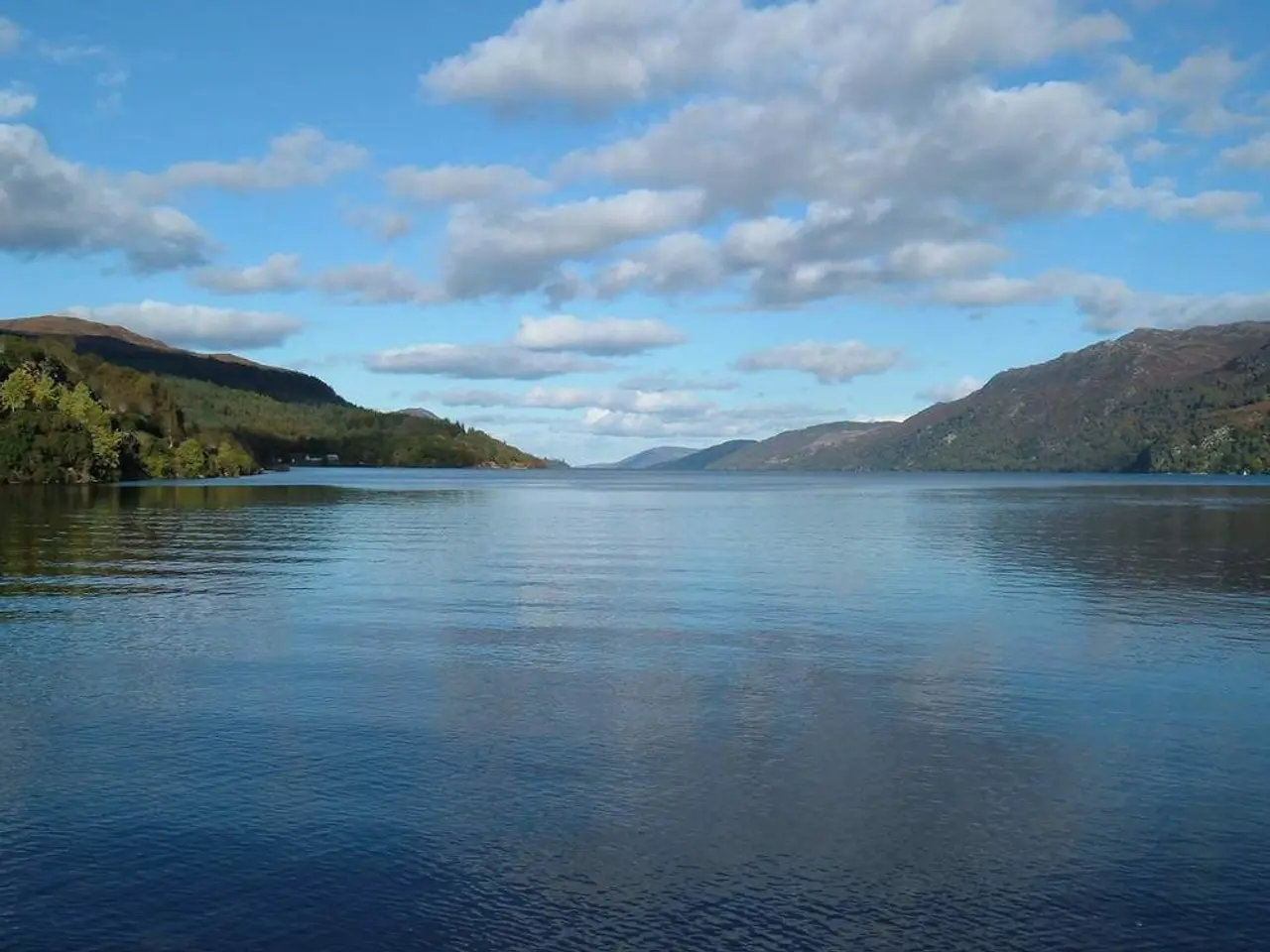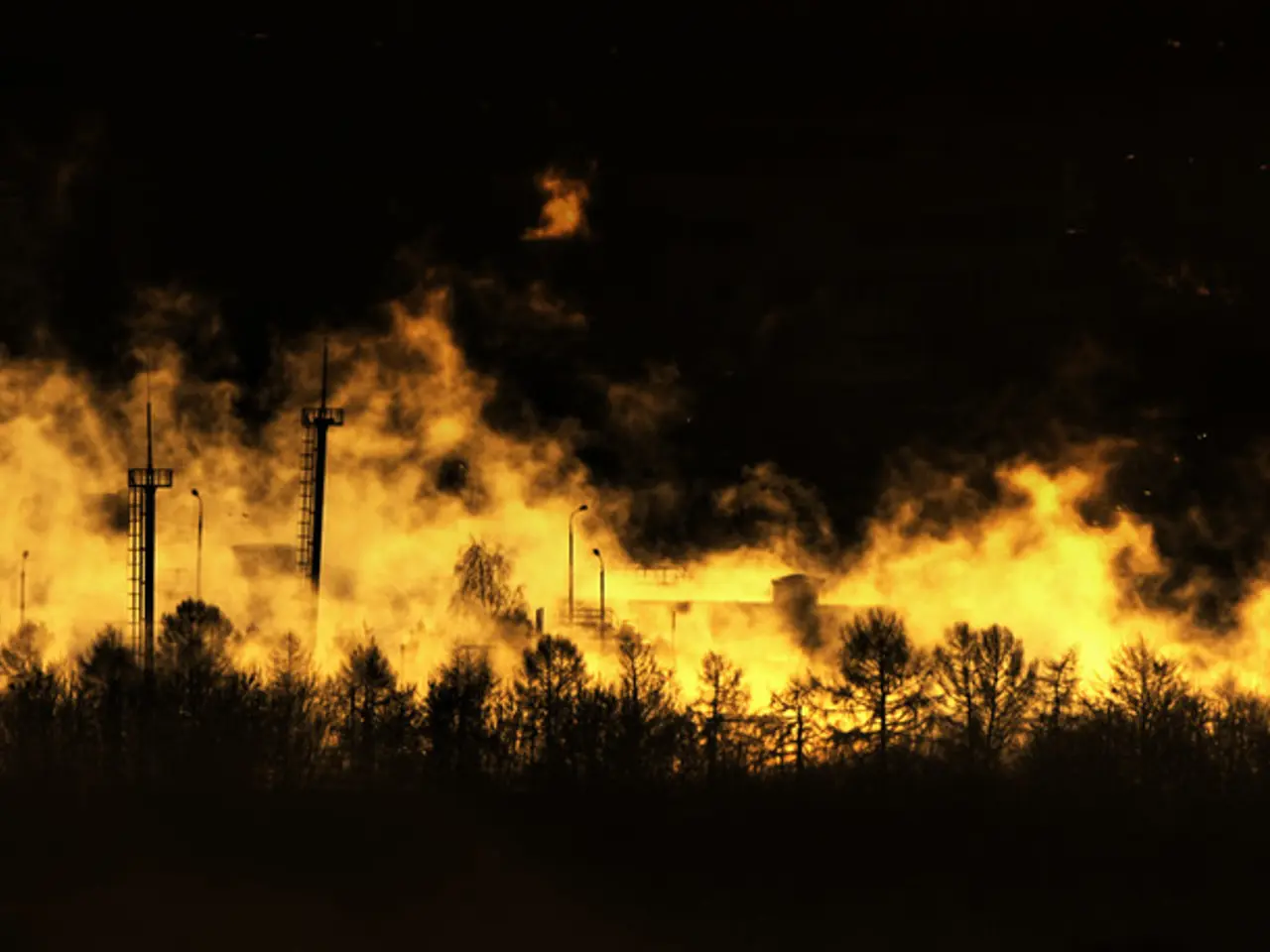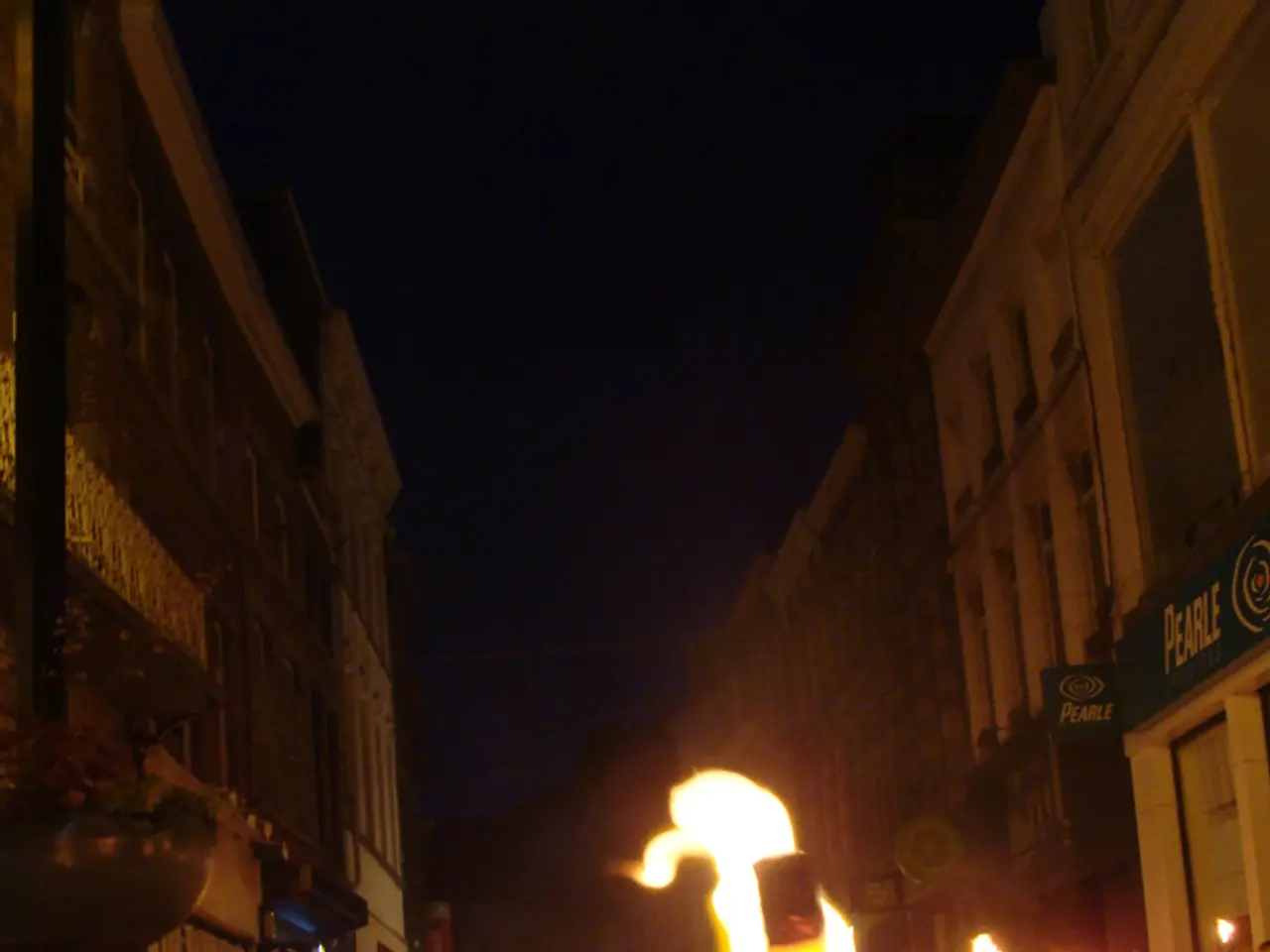Severe fire hazard imminent - Increased Sunlight Exposure Signals Enhanced Forest Fire Hazard
Get ready for some scorching days! The forest fire risk is set to surge in many regions of northwestern Germany, especially in Lower Saxony and Bremen, due to the favorable weather conditions. The German Weather Service (DWD) has warned that most areas in these States will be at level three on the five-level forest fire danger index starting from Monday.
In places like the Bergen area in Celle and Lüchow-Dannenberg, the forest fire risk will spike to level four, which signifies a high risk. From Tuesday, Celle and the Faßberg region, including parts of the Lüneburg Heath, will also join the danger zone with level four alerts.
Brace yourself for sunny skies and minimal precipitation
The DWD foresees a run of sunny and arid weather in the coming days. On Monday, expect clear skies with temperatures ranging from 19°C in the northeast to 23°C in the southwest. The Wendland will experience a chilly 3°C overnight, while the coastal regions might drop to 8°C.
Tuesday's forecast includes mainly sunny skies, with cloud cover confined to the northeast. The islands will witness temperatures hovering around 15°C, while inland regions could reach 22°C.
Forest Fire Risks and their Causes
- Climate Change: Global warming and shifting weather patterns can make vegetation more brittle, making forests more susceptible to fires.
- Human Activities: Accidental fires often stem from careless human actions like unattended campfires, smoking, or equipment malfunctions.
- Land Use and Management: Poorly managed landscapes with excessive vegetation and insufficient fire breaks can worsen the spread of wildfires.
Safety Measures for High-Risk Regions
- Monitoring and Early Detection: employing real-time surveillance tools can help in quick identification of forest fires.
- Fire Breaks and Management: maintaining vegetation and creating fire breaks can prevent fires from spreading too quickly.
- Public Awareness: informing the public about fire safety during high-risk periods can help minimize accidental fires.
- Advanced Firefighting Techniques: using advanced firefighting equipment and strategies can expedite responses and enhance effectiveness.
- Community Preparedness: high-risk communities should be well-prepared with emergency plans in place, including evacuation routes and fire safety protocols.
In the case of Celle and Lüchow-Dannenberg, careful management of their respective forests will be crucial to prevent wildfires. Celle's historical charm and lush green surroundings call for meticulous forest management to safeguard them against potential fires. Lüchow-Dannenberg, being part of the Wendland area with its unique natural beauty, requires special attention due to the area's dry conditions during summer months, making it more vulnerable to forest fires. Community awareness programs, regular fire drills, and establishing fire-resistant barriers around inhabited areas are essential precautions to ensure safety in these regions.
In light of the heightened forest fire risks in northwestern Germany, particularly Celle and Lüchow-Dannenberg, it's crucial to apply environmental-science knowledge and climate-change understanding to implement community policy for forest management. The community should vigilantly monitor the environment, enforce fire breaks, and educate the public to minimize accidental fires, as these measures can significantly reduce forest fire risks. Moreover, utilizing advanced firefighting techniques and ensuring community preparedness with emergency plans will further augment safety in these high-risk regions.
![Drier and sunnier conditions heighten the likelihood of forest fires. [Image included]](/en/img/2025/05/15/1453410/jpeg/4-3/1200/75/image-description.webp)







